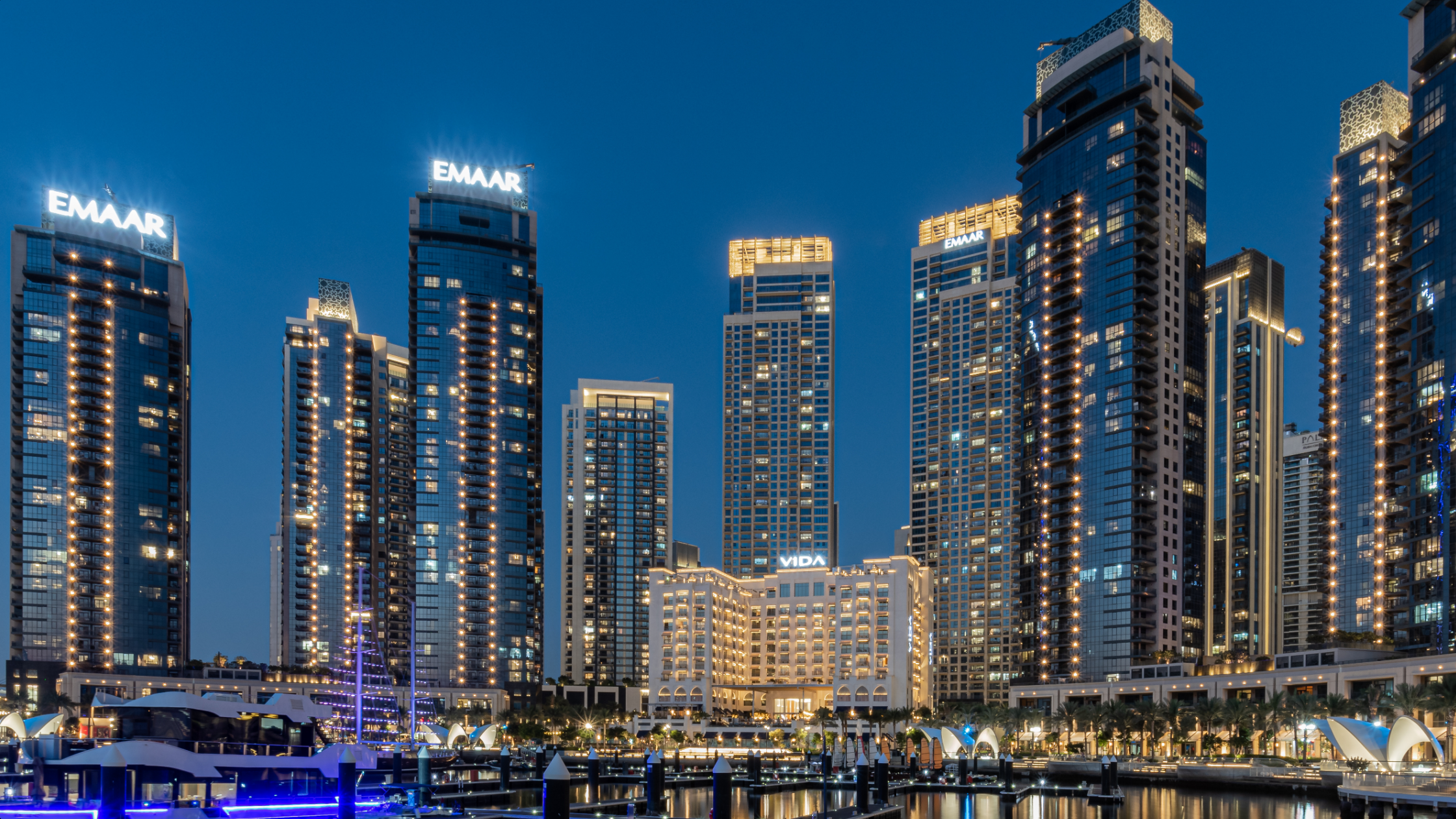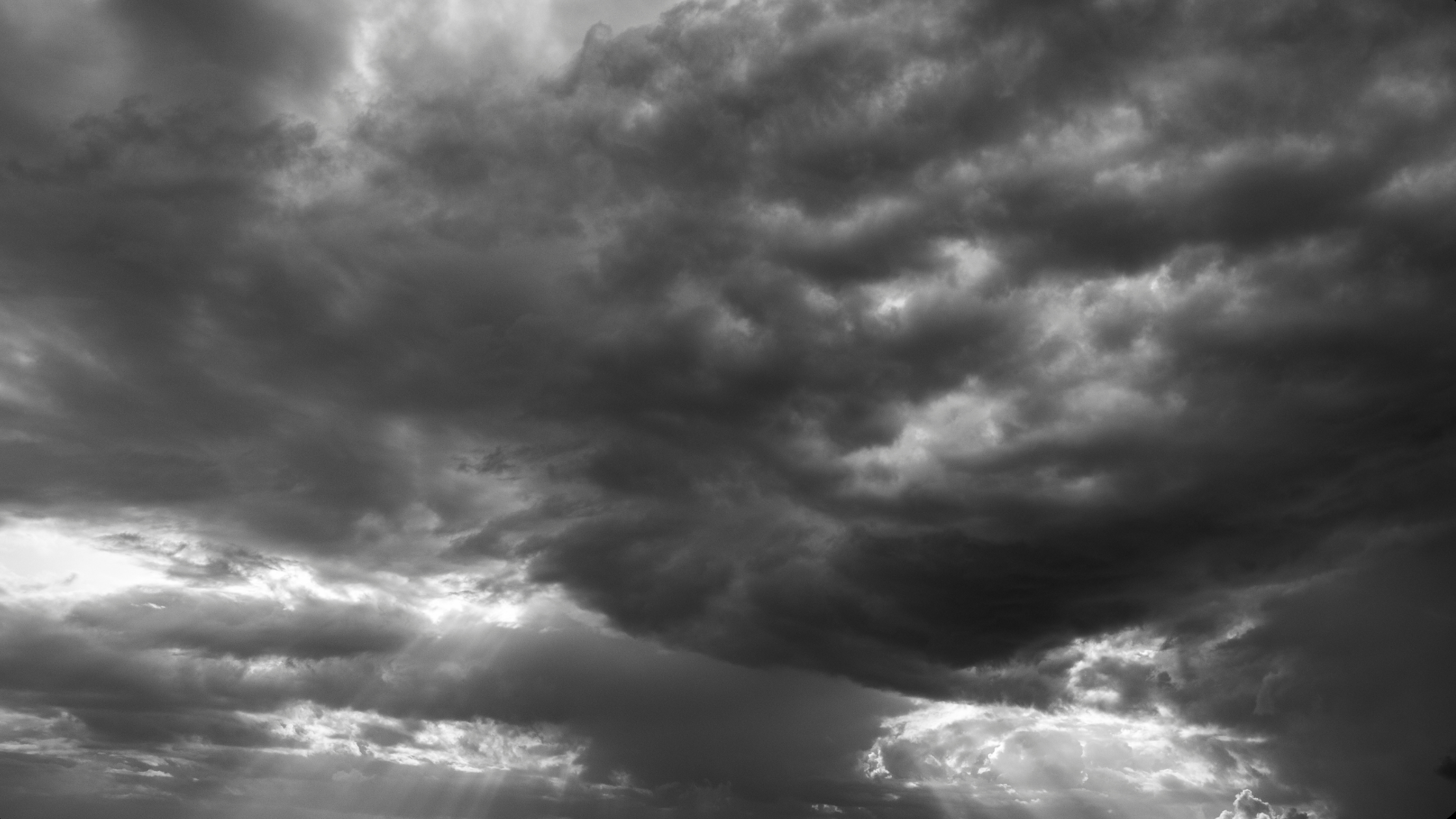UAE Weather Update: Red and Yellow Fog Alerts Disrupt Travel Across Al Dhafra

The United Arab Emirates (UAE) is once again experiencing a wave of thick fog, causing visibility concerns across key areas in Abu Dhabi and the Al Dhafra region. This morning, the National Center of Meteorology (NCM) raised red and yellow fog alerts over strategic locations, including Madinat Zayed and Bada Dafas, as fog-related disruptions pose potential risks to both residents and motorists.
The alerts were issued due to severely reduced horizontal visibility, a common occurrence during periods of high humidity and temperature fluctuations across the UAE’s coastal and desert landscapes. In particular, the red alert highlights critical danger zones where visibility has dropped below 100 metres, making safe driving conditions almost impossible without extreme caution.
UAE’s Ongoing Struggles with Fog: A Seasonal Hazard
The UAE, especially regions like Al Dhafra, regularly experiences dense fog during seasonal transitions, largely due to the combination of humid coastal air, cooler overnight temperatures, and minimal wind activity. These conditions create the perfect storm for early morning fog formations, particularly between midnight and 9 AM.
Today’s fog alerts were announced early, as the NCM’s live weather radar systems detected rapidly falling visibility levels across Abu Dhabi’s western regions. The areas most impacted include Madinat Zayed, Bada Dafas, Bu Hasa, Habshan, Hamim, and the peripheries connecting to major inland routes.
Temperature Extremes Across the UAE: Heat Adds to the Challenge
While the morning fog raises concerns for road users, the daytime weather forecast brings additional challenges. Temperatures are expected to soar between 38°C and 44°C across the UAE, particularly inland and desert regions. In coastal cities like Abu Dhabi, Dubai, and Sharjah, temperatures will hover between 38°C and 41°C, while night-time lows will fall between 26°C and 31°C.
The NCM has warned that increased humidity overnight will fuel further fog formation, particularly on Monday morning, July 14th. Residents should anticipate misty and foggy conditions continuing into the early hours of the next day, further affecting commuters, air travelers, and logistics operators.
Official Warnings and Safety Measures for Motorists
With visibility dramatically reduced, UAE authorities — particularly Abu Dhabi Police and the Department of Transport — have urged extreme caution on the roads. Motorists are reminded of several key safety measures to navigate these hazardous conditions effectively:
- Reduce speed and maintain adequate braking distances.
- Use fog lights or low-beam headlights; avoid high beams that reflect fog.
- Avoid abrupt lane changes or overtaking during low-visibility periods.
- Check traffic updates before travel via official police and NCM channels.
Consider delaying non-essential journeys until fog dissipates.
Police patrols have been increased along major roadways known for frequent fog disruptions, such as the E11 Sheikh Khalifa Bin Zayed Highway, Sheikh Mohammed Bin Zayed Road, and desert highways around Liwa Oasis and Al Dhafra’s interior zones.
Additionally, digital road signs are now actively warning motorists about fog risks, advising reduced speeds and offering alternative routes where necessary.
Air Travel and Logistic Impacts of the Fog Warnings
While most fog occurrences primarily affect road users, the aviation and logistics sectors are not immune. Abu Dhabi International Airport (AUH), Al Maktoum International Airport (DWC), and Dubai International Airport (DXB) often face delays or temporary suspensions of flights during heavy fog spells. Although no widespread disruptions have been reported today, airlines are closely monitoring developments.
Logistics hubs in Al Dhafra, crucial for the UAE’s oil and gas sector, may also face minor operational delays. Transportation companies are advised to review their schedules and ensure drivers receive updated weather briefings.
Weather Trends: Why Al Dhafra is a Fog Hotspot
The Al Dhafra region’s vulnerability to fog is rooted in its geography. The area’s vast desert plains, proximity to the coast, and sparse urban development create optimal conditions for radiation fog — a phenomenon where heat escapes into the atmosphere at night, cooling the earth’s surface and condensing moisture into fog.
In recent years, climate studies have confirmed Al Dhafra’s position as one of the UAE’s leading fog-prone regions. Combined with modern infrastructure expansion and heavy industrial activities, the need for advanced meteorological monitoring in this area is critical for public safety.
Meteorologists’ Perspective: What Lies Ahead?
Meteorologists at the NCM advise that fog events are expected to continue periodically throughout July, driven by high humidity, light winds, and temperature inversions. Residents should prepare for further yellow and red alerts, particularly inland and westward toward Liwa and Madinat Zayed.
Forecasters also anticipate that cloud cover will increase eastward, potentially leading to scattered rains near mountain regions by mid-week, although these are unlikely to impact major urban centers.
How Residents Should Prepare for Future Alerts
Residents across the UAE, particularly those in Al Dhafra, Abu Dhabi, and inland towns, should consider adopting proactive measures to protect themselves against sudden fog events:
- Sign up for NCM weather alerts via SMS or mobile apps.
- Follow real-time updates from Abu Dhabi Police Traffic Department on Twitter and other platforms.
- Keep emergency kits in vehicles, including flashlights, reflective vests, and water.
- Inform employers or clients when weather conditions hinder timely travel.
For families and educational institutions, mornings with dense fog may also lead to school transport delays. Many schools now operate flexible timing policies during heavy fog, especially for buses traveling from outlying regions.
Economic and Social Impact of Persistent Fog Conditions
While seemingly a natural inconvenience, dense fog can carry substantial economic implications. Delayed deliveries, reduced productivity, and additional safety costs accumulate, especially for logistics, aviation, and supply chain industries. Insurance claims for minor road accidents also typically surge during fog seasons, placing further strain on resources.
Socially, fog contributes to heightened stress for daily commuters, particularly those driving long distances from Western Abu Dhabi into the city. Public campaigns continue urging patience and caution to minimize avoidable accidents during these hazardous periods.
Stay Prepared, Stay Safe
The UAE’s fog season remains a persistent and often underestimated challenge for residents and businesses alike. With red and yellow fog alerts currently active across Al Dhafra and parts of Abu Dhabi, vigilance, patience, and adherence to official guidance are paramount for public safety.
The National Center of Meteorology (NCM) continues to monitor and update forecasts, ensuring timely information reaches those most affected. Whether you are a commuter, logistics operator, or casual traveler, staying informed remains your best defense against the dangers of dense morning fog in the UAE.








1 Comment
[…] particularly in the east and south. Humid nights and misty mornings will continue, especially in western coastal areas, posing challenges for early […]
Comments are closed.